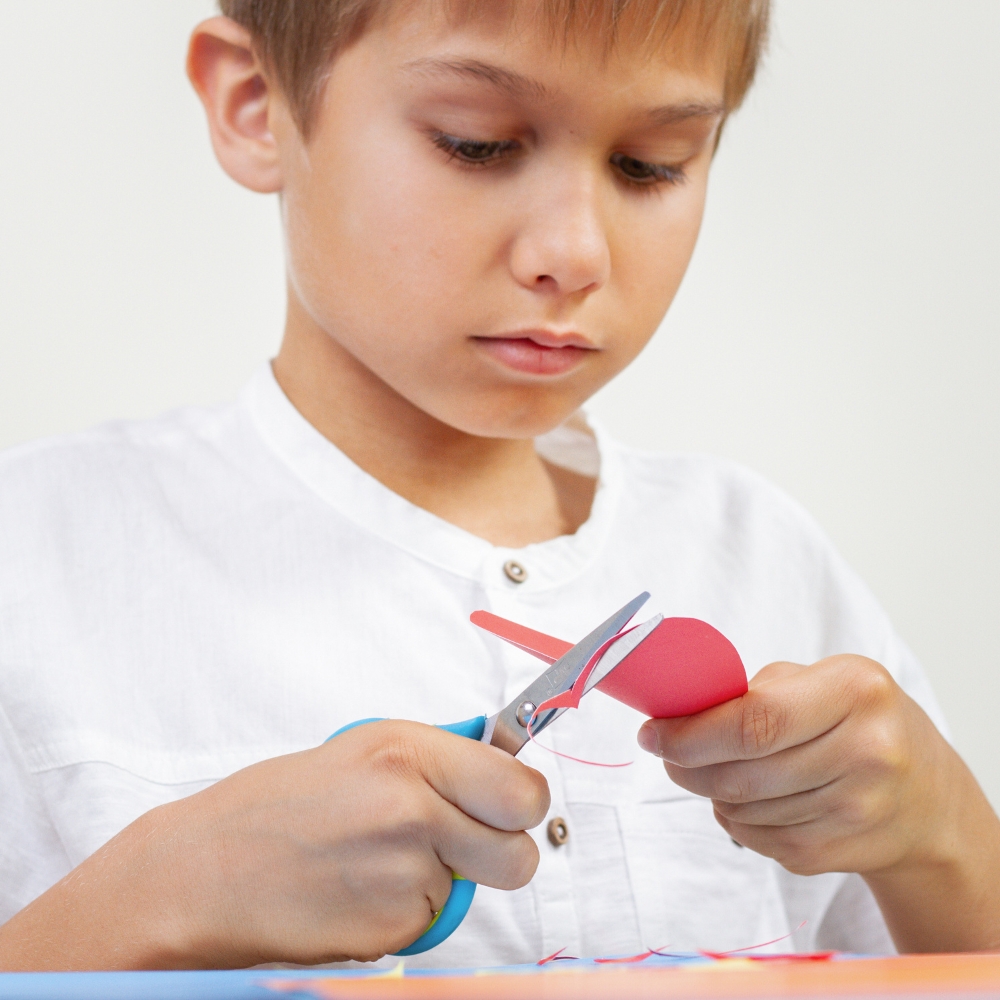Integration of Retained Primitive Reflexes
When children are born, they emerge from the womb with primitive reflexes – physical responses that are initiated without conscious thought or intention. These reflexes allow the child to cope with the influx of new sensory information from the post-utero environment.
These initial primitive reflex patterns should, within the first few years, be overtaken and inhibited by voluntary actions, which are referred to as ‘postural reflexes’ or ‘postural control’.
However, for some children, traces of the primitive reflexes remain present and the postural reflexes do not develop fully. These children continue to experience difficulty with fine and gross motor skills, coordination, balance, concentration, the control of eye movements and sensory processing. Consequently, they experience difficulty with associated aspects of learning such as reading and writing, often failing to reach their academic potential.
Children with a diagnosis of Dyspraxia/DCD, Autism, ADHD, Sensory Processing Disorder and Dyslexia usually have some retained reflexes contributing to their difficulties.
Developmental Movement Exercises are a series of movements designed to stimulate and open up the sensory system and relive the experience of sensory development so that partially retained primitive reflexes are revisited and overtaken as they ideally would have been during the child’s infancy.
Improvement should then be seen in the child’s physical, academic, emotional and social skills.
Each primitive reflex has its own set of consequences if it has not been fully inhibited by its postural equivalent.
Some of the more common primitive reflexes and the symptoms that are typically observed are listed below:
MORO REFLEX


FEAR PARALYSIS REFLEX (FPR)
symptoms of a retained
SPINAL GALANT REFLEX
symptoms of a retained
LANDAU REFLEX
SYMMETRICAL TONIC NECK REFLEX (STNR)


ASYMMETRICAL TONIC NECK REFLEX (ATNR)
symptoms of a retained
TONIC LABYRINTHINE REFLEX (TLR)
symptoms of a retained
